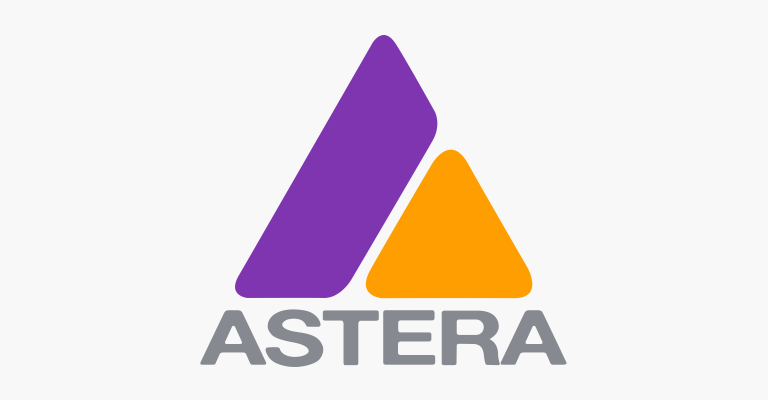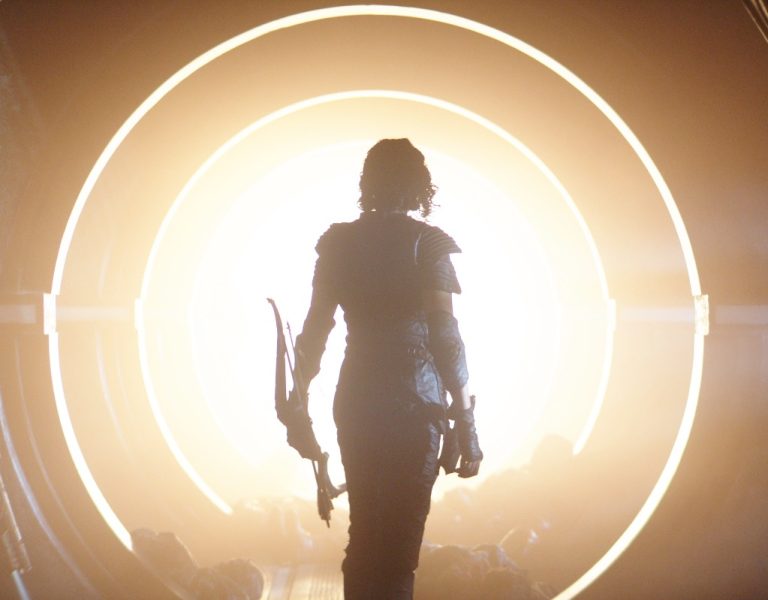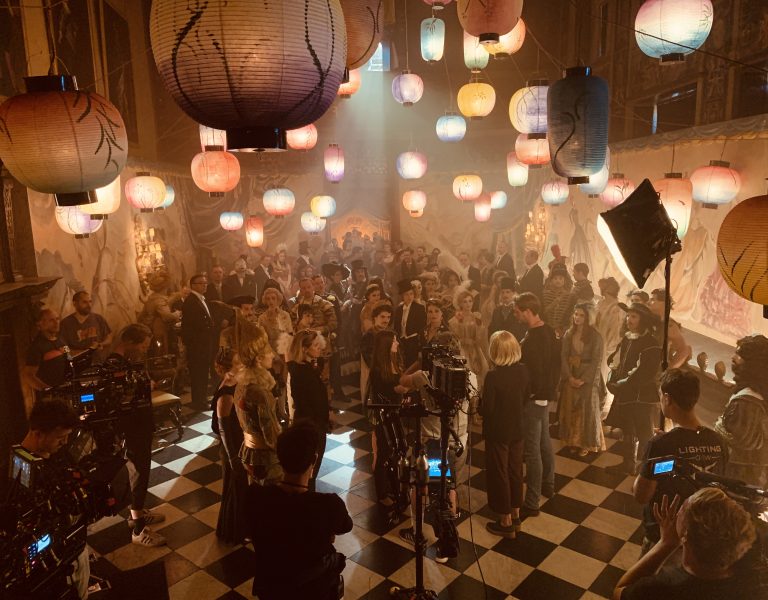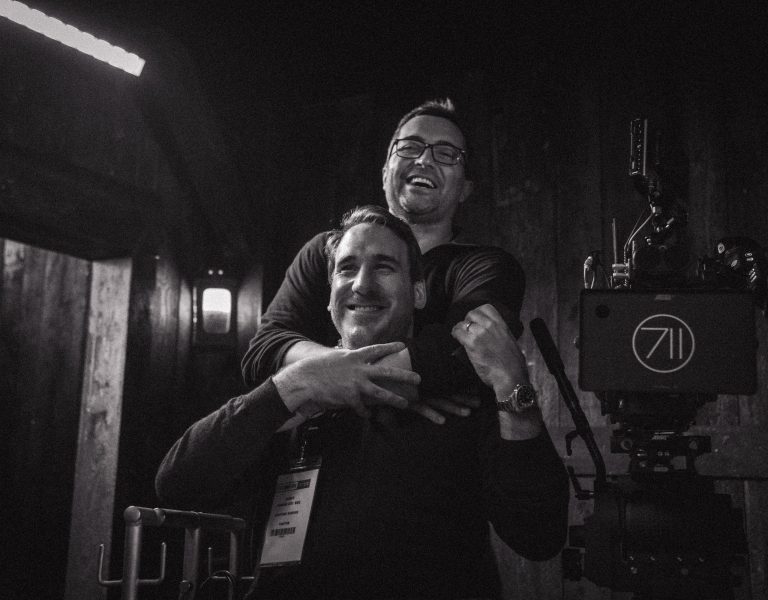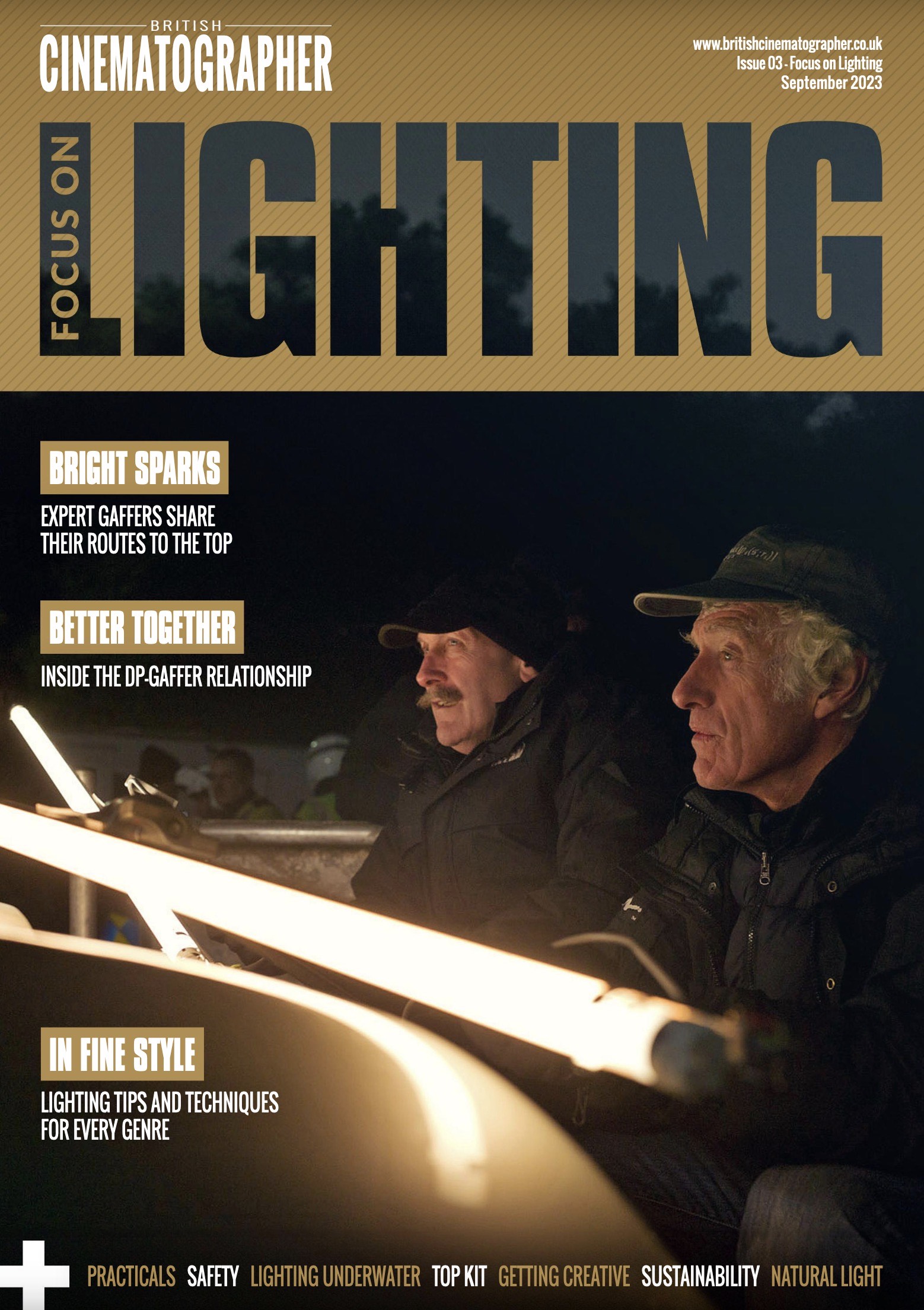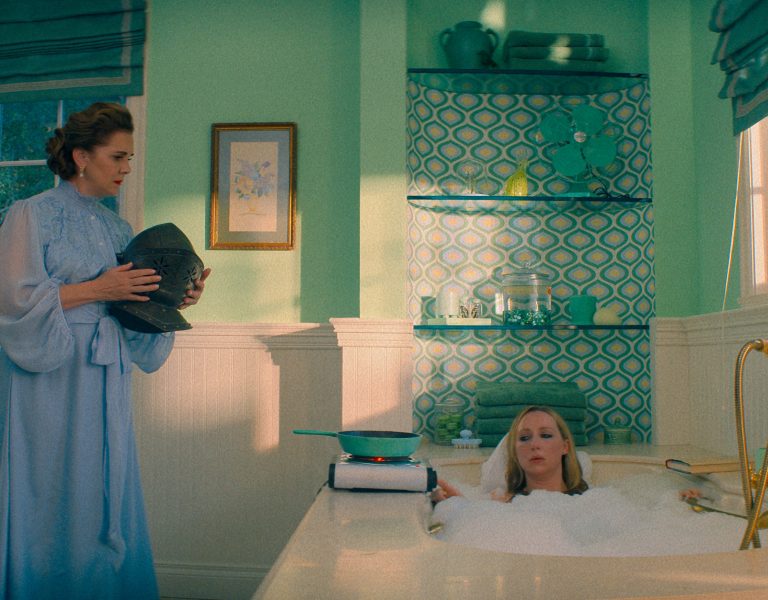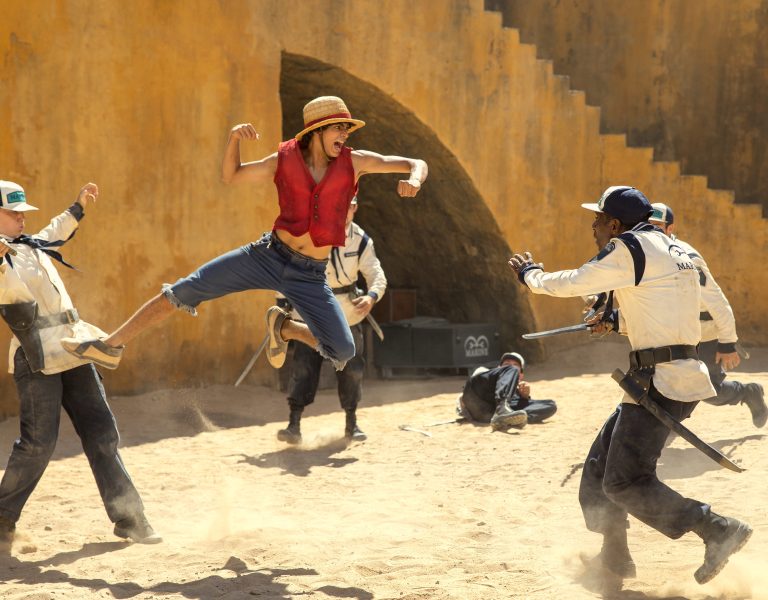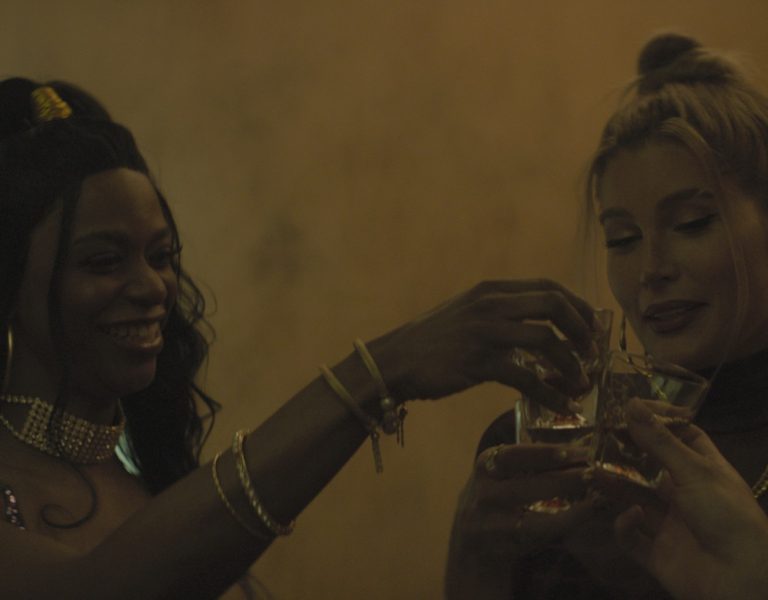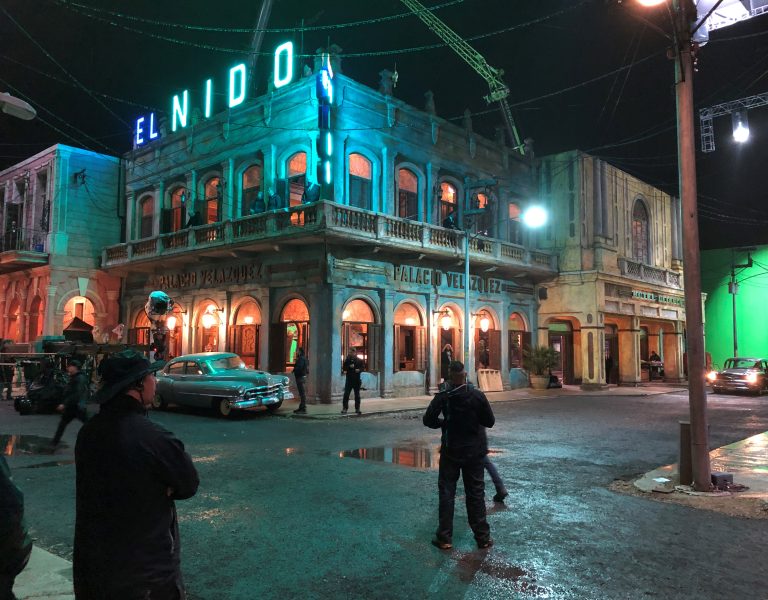There remains no set route into film and TV production, especially in the craft grades. Looked at one way that means you can enter the industry from pretty much any angle, but those wanting to build a career in lighting will find many barriers in their path.
“There are lots of people who love movie making but can’t get in because they don’t know the right people,” says gaffer Julian White (The Midnight Sky). “Most people get into the industry because their mates or member of family are doing it.”
Chief LX Cullum Ross agrees, “There’s a lot of nepotism. There always appear to be opportunities in other department and fewer in lighting.”
Jamie Mills started off at Lee Lighting in 1993 as a 17-year-old, one of the first kids to get a job there without having any relations “in the game”.
“I stumbled into the industry by fluke,” he says. “I was just in the right place at the right time. I’d always loved film, just never thought about it as a career.”
He started out wanting to be a regular domestic electrician and attended an open day at a local college that was doing aptitude tests. He happened to come top of the class. Talent scouts from Lees were watching and hired him as an apprentice on the spot.
“After finishing the apprenticeship at Lees, I was sent to The Bill as a floor electrician. It was a great training ground. You learnt how to behave around camera, how to set flags, how to position lamps and the reason you were doing it. By the time I’d left four years later I was gaffering the show.”
John ‘Biggles’ Higgins trained as an electrician in the 1970s and then went into further education, eventually ending up as an engineer on oil platforms in the North Sea.
“With accommodation being in short supply on the rigs, we were sent home a lot on leave while another engineering crew took over. In that space between shifts I got a job in a small film studio in London, and I liked the workshop so much I stayed and never went back to the oil industry.”
Sir Roger Deakins CBE ASC BSC gave Biggles his big break by inviting him to light 1984 – the first of 70+ credits including 1917 and Skyfall.
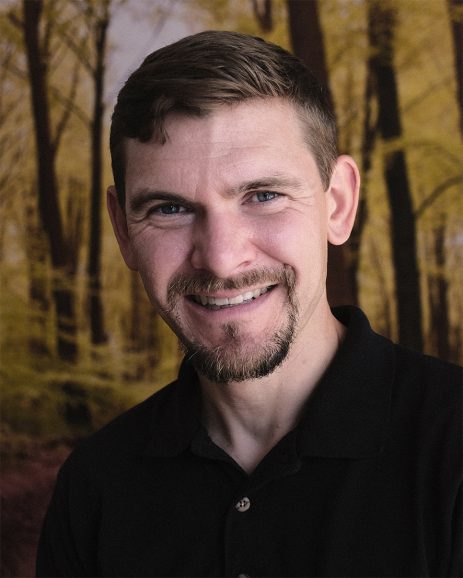
White had an even more circuitous route to becoming a gaffer. He studied video performance in Liverpool and worked in the prop department on local soap Brookside. He left and rejoined the industry on a few occasions, never quite sure of where his more artistic sensibilities would fit in. It was in his thirties when DP Roger Eaton asked him to gaffer for a commercial for the charity Shelter.
“It was the first time anyone had asked me what I thought of the frame, the composition, the look and feel. I also got paid more in one night than as a waiter.”
Soon afterward he was part of the crew lighting hit TV series Band of Brothers, created by Steven Spielberg, and never looked back.
What they each have in common is a lack of career advice and progress gained by learning on the job. Mills advises spending a year at a lighting company learning “thousands of bits of kit” as the most valuable use of one’s time when starting out.
“No knowledge is a waste of time,” says Biggles. “Everything you learn has to be an advantage to you at some point.”
That mantra is repeated by the experienced hands talking to British Cinematographer. There’s no substitute for practical experience with, well, practicals, but it can help to have the basics of electrical health and safety under your belt.
“I get a lot of CVs from people wanting to come into the lighting department with degrees in filmmaking and photography,” Biggles says. “But, before they can aspire to go further in the lighting department, they need a very good grounding in electrical engineering. Often that means spending another three years training and learning about engineering and electricity. They need to realise they will be dealing with a very dangerous product.”
Ross steers newcomers toward attaining City & Guilds Level 2/3 (courses can last up to two years but have lifelong value) and BS7909, the standard on how to design and manage temporary electrical systems. Any number of specialist courses including for moving lights, automation control, lighting data networks can be added on top.
“Even with this, people should go get some experience with a local crew or lighting rental house. Demonstrate that you have the motivation, aptitude and staying power.”
Qualifying as an electrician will give you essential health and safety awareness and provide the basics for managing power and plugging in lights won’t necessarily make you better at lighting.
“If you’re good at managing people and practical logistics of organising crew, kit and positioning lights you can progress from spark to best boy, to gaffer,” says White. “However, you can be the best electrician in the world and still be useless as a gaffer.
“All DPs will appreciate their gaffer making their process as easy as possible so they can concentrate on talking with their director and thinking creatively. The least you can do is be a facilitator and at best a creative collaborator too.”
On bigger shows the gaffer will orchestrate where the DP wants certain lights to be positioned, but the actual fixing of the fixture is passed to the rigging gaffer.
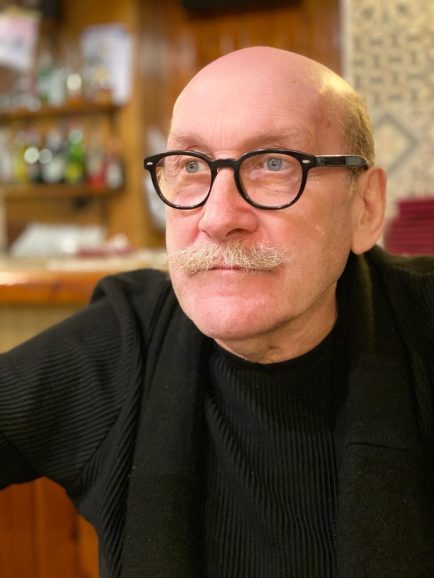
“Being a gaffer is a bit like being a racing car driver,” White says. “You don’t need to know how to fix the car. You need to know how to drive it. You can be qualified to the hilt and have no real understanding about why you are doing it.
“You may know how to get the wiring right but lack empathy with the DP about diffusion and colour. The problem is finding the connective tissue between the technical and the artistic.”
If you’re lucky the aspiring gaffer will be taken under the wing of a mentor. Ross credits a couple of mentors including lighting cameraman Andy Bell – “a brilliant people person who taught me how to light for the screen, how to look after kit, and to travel smart.”
Mills worked for 16 years with Perry Evans beginning on Tomb Raider (2001). “Perry pushed me out as a gaffer. If there were any reshoots or additional photography he couldn’t do, he’d send me. If he had to step away from the floor, he’d stick me up front. And if there was a splinter unit going, he’d ask me to do it.”
White calls for more mentorship and careers planning, even to explain to entrants what the essence of the job is and what steps you would ideally take to get up the ladder.
Ross says all his experience comes “from working with different people in different countries on different types of production” but he has made it his mission to help mentor the next generation.
As one of a handful of ScreenSkills mentors, his role “is to help explain the industry, dispel some myths, explain the structure of a dept and potential career progression and qualifications.”
There are further steps to formalise the process. The ScreenSkills electrical trainee programme, for example, offers funding support to placements every year on productions with the aim of translating the opportunity into further employment. This is supported by the High-end TV Skills Fund, a pot of industry money that has only recently been tapped by lighting departments.
“The greatest thing we can do for the next generation is on-the-job training, but funding is a problem,” says Ross, who tries to unlock access to training opportunities on his team when he works with streamers like Netflix. “You have to make the sales pitch to the production. Sometimes that works and, even if it is a box-ticking exercise, I don’t mind as long as we get new blood into the industry.”
He adds, “With Bectu Lighting Technicians and other industry organisations, we are trying to reintroduce a training scheme [for productions]. It’s a work in progress but the idea is to formalise what the trainee will be paid, who they will shadow, and to agree with the production a structured set of experiences over the duration of production so that the trainee can walk away with an official ‘passport’ of what they’ve learned. By having an industry specific training, qualification and a simple verification process, crew and engagers will have confidence that qualified crew will be able to identify, and reduce risks, making film and TV sets even safer and more efficient.”
–
Words: Adrian Pennington


